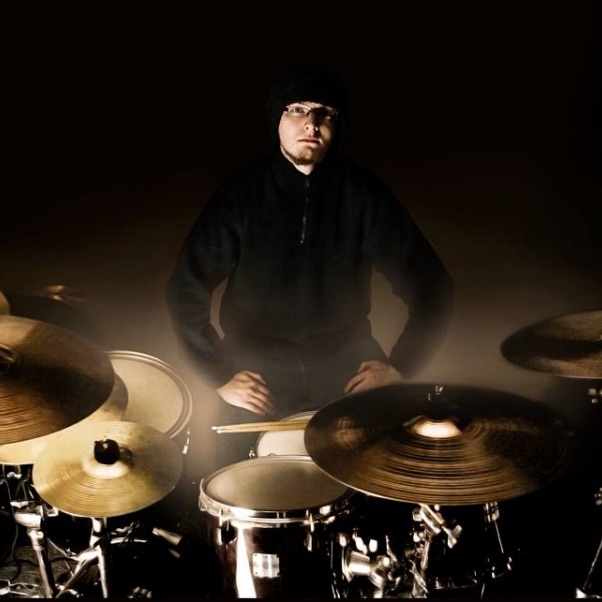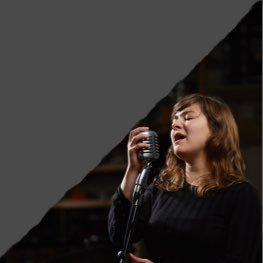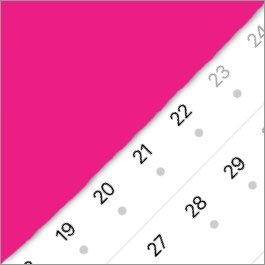Grade 7 Technical Focus: Flams and Drags
By Tom Warner
I’ve found in my time drumming that rudiments are often ignored or learned improperly. They are the foundations of great chops and should be practiced in every warm up and used creatively wherever you can. A simple paradiddle can go a long way in terms of speed, stamina, coordination and groove if you know how to use it. But we’re not talking paradiddles in ‘With a Little Help From My Friends’ by Joe Cocker, we are on to flams and drags.
Flams
Flams are named as such for the sound they make when you play them. Despite one note striking first (this is the grace note/ghost note, or acciaccatura if you want to impress your tutors!) both hands perform simultaneously. In terms of how your brain registers this, you are clapping, where two hands do the same thing but you only pay attention to one hand. In this instance, the hand to pay attention to is not the ghost note, but the accent. As the accent has more energy involved, your brain will focus on this note for timing. The grace note will be played slightly before the accent, however you’re not going to actually play it, and here’s how.
Choose your right or left handed flam (that would be right hand accent or left hand accent). Position both sticks a finger tips distance away from the snare at a 9 o’clock angle - we’ll call this position A, and it will be your resting position. Next, raise your accent hand to 12 o’clock - we’ll call this position B. Now, drop your accent hand to position A, and allow your grace note hand to drop as well. Don’t let your grace note hand come up to strike. You use distance to achieve volume, and ghost notes don’t need volume so any distance in the strike you use is wasted when you slam the breaks on for a quiet tap, so only let it move from position A into the strike (remember, a finger tips distance from the batter head). Both hands should be in position A after the strike. Then raise your opposite hand to position B, leaving the previous accent hand in position A, and repeat the process. Make sure there is a clear distinction between your ghost note and accent - the energy is different in both. Because the ghost note hand is closer to the snare it will strike first, although you want to avoid feeling as though you’ve played it, so play it very lightly with your fingertips; basically, you’ll twitch at the fingers and presto, you have a grace note.
In order to develop this feeling of there being two dynamics playing at the same time, simply practice single stroke roll rudiments with one hand ghosting, and the other accenting. Spotting new flam rudiments is easy, here’s a simple rule for them; add a hand to the end of the flam and follow a logical sticking pattern, then you have a new flam:
Drags
Practicing drags doesn’t have to be a drag, they actually make really cool ghost note and fill type patterns when applied as DemiSemiQuavers (32nd Notes). They play with the same A and B positions of a Flam, but we don’t drop them at the same time now. Instead, you have to perform the ghosted double first, followed by the accent.
If we were to score them as they sound, they would look like this. The double ghost note is the toughest part to keep quiet, as you’ll naturally want to tense your hand to try to control the dynamic. The key is to concentrate on your fingertips. Try just tapping the ghosts out with your fingers instead of a stick then try to make the same motion with a stick in your hand. Here are a few little workouts you can try, and some applications in beats and fills you might find a little easier.
EXERCISE 1
EXERCISE 2
EXERCISE 3
EXERCISE 4
EXERCISE 5
About the author
Tom Warner is a drum tutor based in Sheffield, UK. He is in the process of completing a Masters Degree in Creative Practice revolving around Physiotherapy and Neurotherapy with drumming at the heart, and has the intention of starting a PhD by 2021 to further his studies in drumming as a clinical therapy. He has worked as a leading drum teacher at mgrmusic.com since 2014, teaching hundreds of students during this time.















